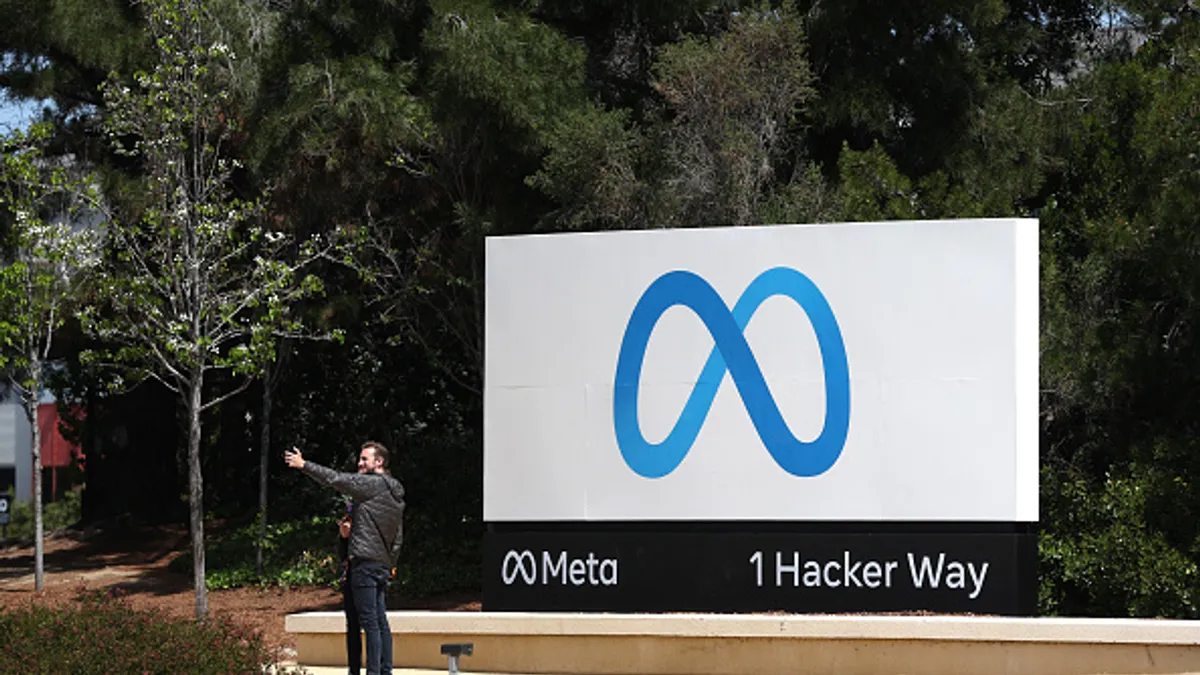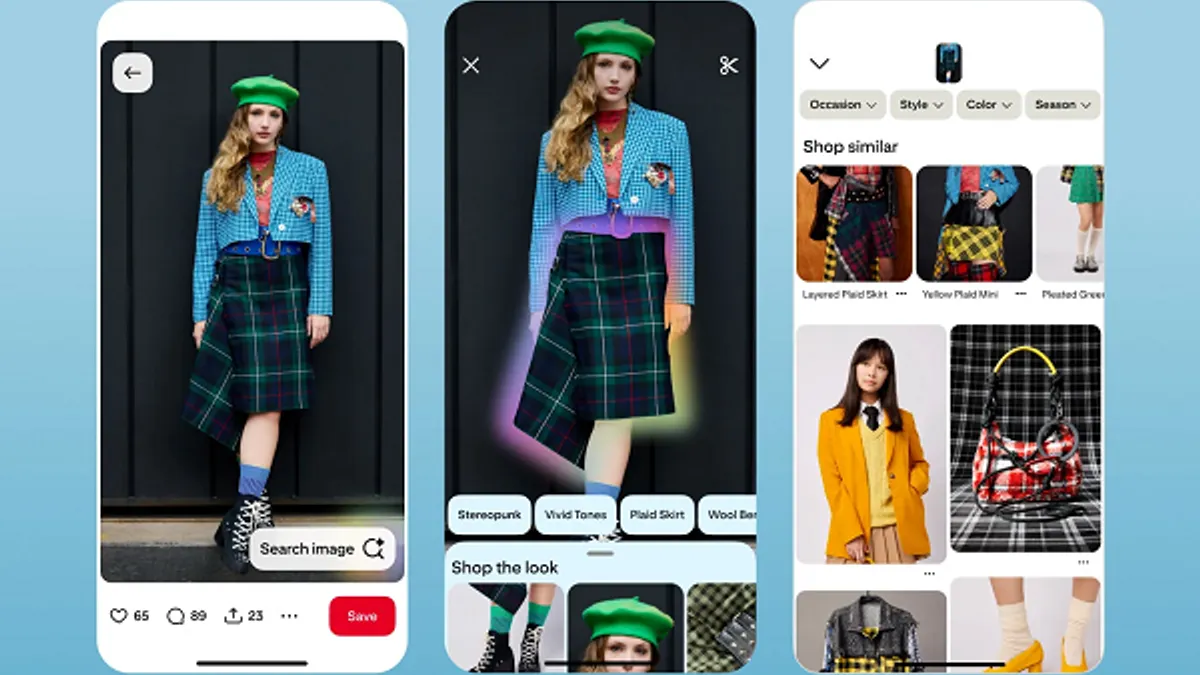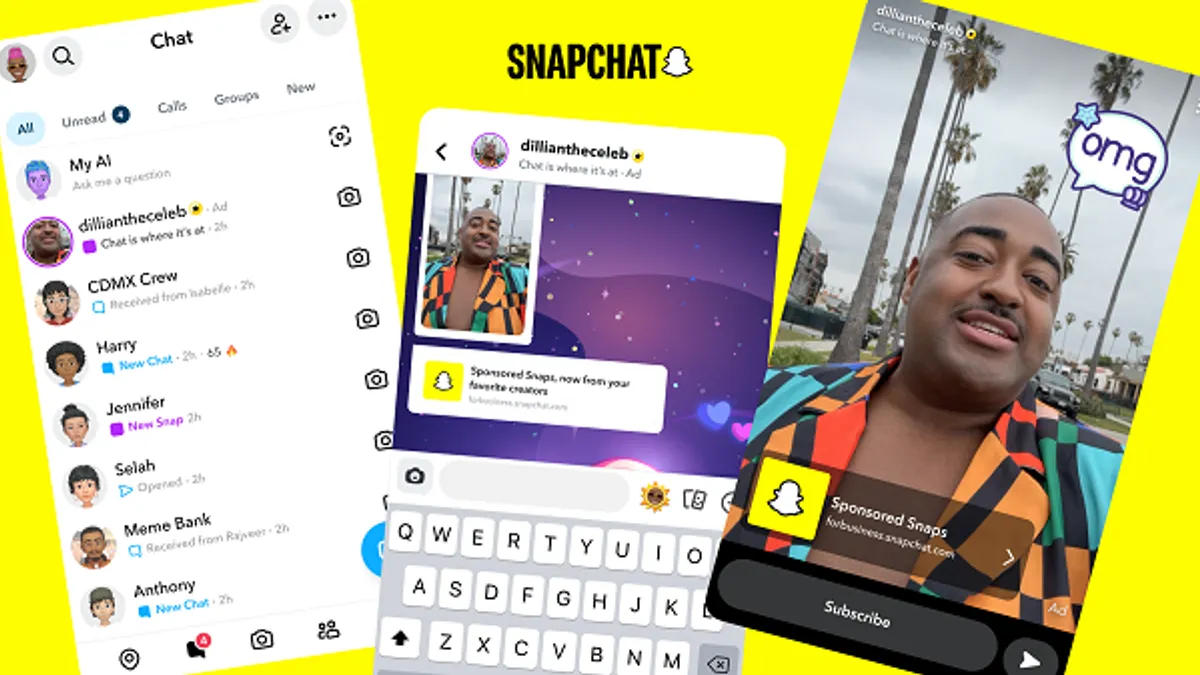Meta Leverages AI to Boost Video Ads, Especially Reels
At the Interactive Advertising Bureau (IAB) NewFronts, Meta Platforms highlighted its artificial intelligence (AI) capabilities and their impact on video advertising performance, particularly for Reels.
Simon Whitcombe, Vice President of Meta's global business group, emphasized the company's sophisticated AI. He explained how it drives both consumer engagement and actions.
Over the past two decades, we’ve built some of the most sophisticated AI the world has ever seen. It's led to a substantial increase in video consumption, especially on Reels.
Reels videos are now shared 4.5 billion times daily, according to Whitcombe. To capitalize on this momentum, Meta introduced "Reels trending ads." This feature places brand messages alongside popular creator videos, categorized by topics like beauty, sports, or fashion, similar to TikTok's Pulse.
Reels trending ads will soon enter a small test phase. Meta also announced upcoming video ads for Threads, its rapidly growing micro-blogging platform.
We know advertisers want a more video-rich experience on all of our platforms, not just static images.
Beyond video ads, Meta unveiled creator-focused tools. These include an Instagram trend identification feature and a developing Creator Marketplace API to connect brands with influencers.
Addressing AI Anxiety in Advertising
Meta also showcased its generative AI advancements. An existing AI-powered video expansion tool, which adapts creative assets for different formats, is coming to Facebook Reels. Additionally, a creator content-recommendation interface, already available on Instagram, is expanding to Facebook.
Video expansion is a fabulous example of how AI will not replace creativity, but rather enhance it. Our suite of gen AI creative tools are going to help mark a new era of creativity.
While Whitcombe positioned AI as a tool to enhance creativity, Meta CEO Mark Zuckerberg recently offered a different perspective. Zuckerberg envisions Meta's AI eventually handling tasks typically managed by marketing and ad-tech providers, including creative development, targeting, and measurement. He believes this could redefine the advertising landscape.









